When it comes to audio systems in your car, you want to have the best possible sound quality. While bass is often the main focus of discussion in car audio, treble is an equally significant aspect that shouldn’t be overlooked. In this section, we’ll define what treble in car audio means and why it’s essential to have a good understanding of it.
Treble is the high-frequency sound range in the audio spectrum, typically ranging from 2 kHz to 20 kHz. In car audio systems, it’s what creates the sharp and crisp sounds that bring life to your music. Without proper treble settings, your sound may lack detail, making it sound dull or flat.
Car audio treble definition is the manipulation of the high-frequency range in the audio spectrum to achieve optimal sound quality. Understanding treble and how it contributes to your audio experience is essential for creating a well-balanced system that delivers the best sound for your ears.
Key Takeaways
- Treble is the high-frequency sound range in the audio spectrum.
- It creates sharp and crisp sounds in your music.
- Proper treble settings are essential for achieving optimal sound quality.
- Understanding treble is crucial for creating a well-balanced car audio system.
- Car audio treble definition is the manipulation of the high-frequency range in the audio spectrum to achieve the best sound quality.
How Does Treble Work in Car Audio?
Now that we have a basic understanding of what treble is, let’s dive into how it works in car audio systems. Treble, or high-frequency sound, is produced by the speakers in your car audio system. The speakers have a small driver, or tweeter, that is designed to reproduce high-frequency sounds. These high-frequency sounds are typically between 2,000 and 20,000 Hz, and are responsible for creating clarity and detail in your audio.
When you adjust the treble settings in your car audio system, you are affecting the way these high-frequency sounds are produced and perceived. Increasing the treble will boost the higher frequencies, while decreasing the treble will reduce them. This can have a significant impact on the overall sound quality of your audio, making it more vibrant and detailed, or dull and muffled.
To better understand how treble works in car audio, let’s take a look at a simple table:
| Treble Settings | Resulting Sound |
|---|---|
| Low | Muffled, lack of detail |
| Medium | Well-balanced, clear sound |
| High | Sharp, piercing sound |
You can see that adjusting the treble settings can have a significant impact on the resulting sound. It’s important to find the right balance for your personal preferences and the type of music you enjoy listening to.
The Role of Frequencies in Treble
In order to fully understand how treble works in car audio, it’s important to consider the role of frequencies. As mentioned earlier, treble refers to high-frequency sounds, typically between 2,000 and 20,000 Hz. These frequencies are responsible for creating clarity and detail in your audio, but they can also cause distortion or harshness if not properly managed.
When adjusting treble settings, you are essentially controlling the amount of high-frequency sound that is being produced. This can help you achieve the perfect balance of clarity and warmth in your audio.
“By gaining knowledge about treble’s function, adjusting settings, and overcoming challenges, you can elevate your car audio system to new heights.”
It’s important to note that how treble works in car audio can vary depending on the type of music you are listening to. For example, rock music typically benefits from higher treble settings, while jazz or classical music may benefit from lower treble settings.
Overall, understanding how treble works in car audio is essential for optimizing your sound experience on the road. In the next section, we will explore the importance of having control over your treble settings and how it can enhance your listening experience.
The Importance of Treble Control in Car Audio

Having proper control over the treble settings in your car audio system is paramount to achieving the perfect sound balance. Treble control allows you to adjust the high-pitched, or high-frequency, sounds in your audio, ensuring they are not too loud or harsh on the ears. With well-adjusted treble, your music and podcasts will sound clearer and more detailed, providing a more immersive experience for you and your passengers.
Car audio systems typically come equipped with both treble and bass controls, allowing you to fine-tune the sound to your preferences. However, many people often overlook the importance of treble control, opting to only adjust the bass settings. But neglecting treble can lead to distortion and harshness in your music, ruining the overall sound quality.
By understanding how to properly adjust the treble settings in your car audio system, you can avoid these issues and enjoy a more well-rounded and balanced sound experience. Whether you prefer a more subdued treble or a pronounced high-pitched sound, having control over these settings is essential for optimizing your audio experience on the road.
The Benefits of Proper Treble Control
Properly adjusting the treble in your car audio system can have a significant impact on your listening experience. Here are a few benefits of having proper treble control:
- Improved clarity: Adjusting the treble settings can help to enhance the clarity of your music, making it easier to hear individual sound elements.
- Reduced distortion: If the treble is too high, it can lead to distortion and harshness in your sound. Proper treble control can help to prevent these issues.
- Enhanced detail: Treble control allows you to fine-tune your audio, bringing out details in the music that you might not have noticed otherwise.
Overall, having proper treble control in your car audio system can help you achieve a more well-balanced and enjoyable listening experience. It allows you to customize your audio to your preferences and ensures that you’re getting the most out of your car’s sound system.
“Having control over the treble settings in your car audio system is essential for optimizing your audio experience on the road.”
Tips for Adjusting Treble in Car Audio
Adjusting the treble in your car audio system can make a significant difference in your listening experience. If the treble is too high, your music may sound harsh and sharp, while if it’s too low, you may miss out on important details. Here are some tips for adjusting your car audio treble.
1. Start With a Neutral Setting
Before making any adjustments, start with a neutral setting. This will give you a baseline to work from and help you understand how the adjustments are affecting the sound. Set your equalizer to “flat” or “zero” and listen to a song you are familiar with.
2. Identify Harshness or Muddiness
Listen carefully to your music and try to identify areas where the treble may be too harsh or muddy. Harshness can make music sound sharp and piercing, while muddiness can make it sound dull and lack detail. Use your equalizer to make adjustments in these areas.
3. Experiment with Small Adjustments
When making adjustments, start with small changes. Even a slight tweak can make a noticeable difference in the sound. Listen to a song, make a small adjustment, and then listen again to see if the change is positive or negative. This will help you fine-tune your settings for optimal sound.
4. Consider the Acoustics of Your Car
The acoustics of your car can also impact the treble. If your car has a lot of hard surfaces like glass or plastic, you may need to make adjustments to compensate for the reflections. Similarly, if your car has a lot of soft surfaces like carpet or upholstery, you may need to adjust to compensate for the absorption of sound.
5. Use Test Tones
Test tones can help you identify specific problem areas in your car audio system. Use a test tone generator to play a series of tones and listen for areas where the treble may be too high or too low. This can help you make targeted adjustments for a more balanced sound.
“Adjusting your car audio treble can make a significant difference in your listening experience.”
By following these tips for adjusting treble in your car audio system, you can achieve a more balanced and immersive sound experience while on the road. Remember to start with a neutral setting and make small adjustments, identifying problem areas as you go. With a little experimentation and fine-tuning, you can find the perfect settings for your preferences and optimize your car audio treble.
Understanding Treble Frequency in Car Stereos
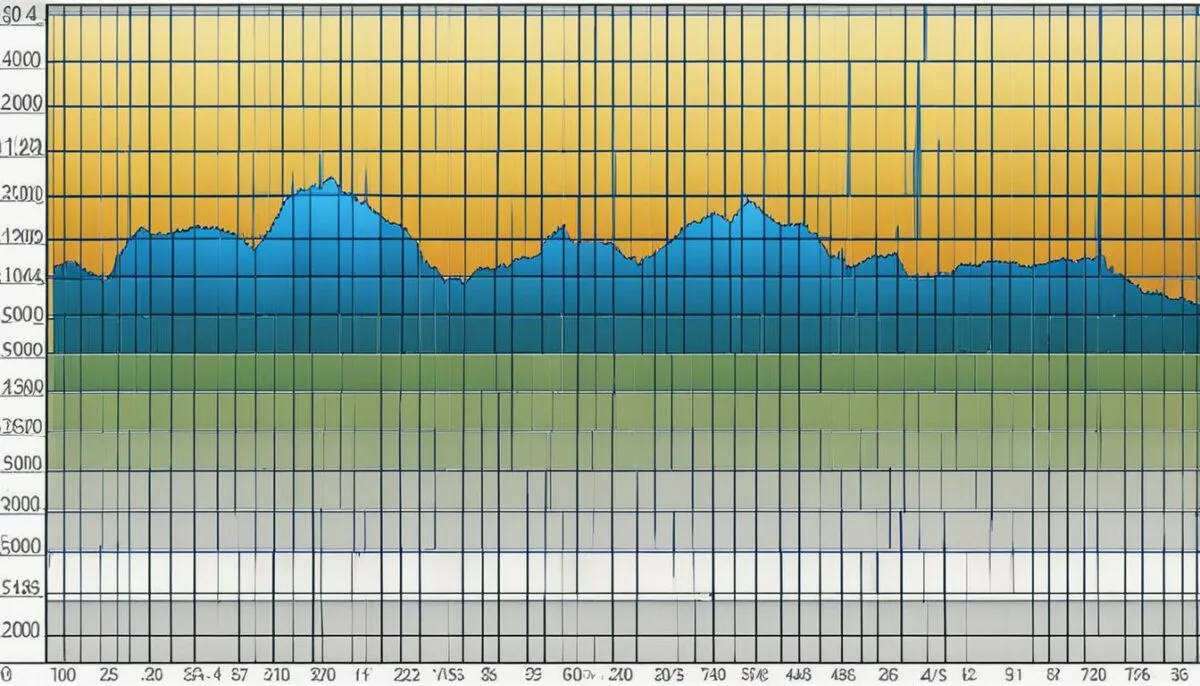
When discussing treble in car audio, it’s essential to understand the concept of treble frequency. Treble frequency refers to the range of high-pitched sounds that we can hear. The frequency range for treble typically falls in the range of 2,000 Hz to 20,000 Hz.
When adjusting treble settings in your car stereo, you can control the treble frequency to optimize your sound experience. Increasing the treble frequency can enhance the clarity of high-pitched sounds such as cymbals or vocals. Conversely, decreasing the treble frequency can reduce harshness or unwanted high-frequency noise.
The Importance of Adjusting Treble Frequency
Adjusting the treble frequency in your car stereo is an essential element of managing your sound experience. Not all treble sounds are equal; some are sharp, while others are soft. By adjusting the treble frequency, you can tailor the sound to your preferences, ensuring that there is no harshness or dullness in the high-frequency range.
For example, suppose you enjoy listening to music that features acoustic guitar. In that case, adjusting the treble frequency can help highlight the guitar’s crispness, clarity, and sustain, giving more depth to the sound.
How to Identify and Adjust Treble Frequency
Identifying the treble frequency in your car stereo can be done through a combination of listening and technical knowledge. However, many car audio systems offer the option to adjust treble frequency through a digital equalizer.
To adjust treble frequency, locate the equalizer settings in your car stereo, then adjust the treble setting, either up or down. Listen to the sound after each adjustment, making sure not to overdo it on either side of the frequency range.
| Treble Frequency Adjustment | Effect on Sound |
|---|---|
| Increased Treble Frequency | Enhances the clarity of high-pitched sounds |
| Decreased Treble Frequency | Reduces harshness or unwanted high-frequency noise |
Remember, the ideal treble frequency for your car stereo may depend on various factors, such as the type of music you listen to or the acoustics of your car. Experimenting with different settings and frequencies can help you find the perfect balance for optimal audio performance in your vehicle.
In conclusion, understanding treble frequency in car stereos is crucial for optimizing your audio experience on the road. By identifying and adjusting treble frequency, you can tailor your sound to your preferences, ensuring there is no harshness or dullness in the high-frequency range. Experiment with different settings and frequencies to find the ideal balance for your car audio system, and enjoy a more immersive and engaging listening experience.
Optimizing Car Audio Treble: Benefits and Considerations

Optimizing treble in your car audio system provides a range of benefits that can drastically improve your listening experience on the road. By fine-tuning your treble settings, you can:
- Improve Clarity: Proper treble adjustment can help to bring out the finer details in your music and audio.
- Enhance Detail: By boosting treble levels, you can increase the perceived detail in your audio and make it sound more vibrant and dynamic.
- Prevent Harshness: Excessive treble can lead to harshness in your audio, while too little can cause it to sound dull or muffled. Proper adjustment can help prevent these issues.
- Achieve Better Balance: Balancing treble levels with bass and mid-range can help create a more immersive and enjoyable listening experience.
There are several considerations to keep in mind when optimizing the treble in your car audio system. First, it’s important to understand your specific audio needs and preferences. Experiment with different settings to find the perfect balance for your ears.
Additionally, it’s essential to ensure your speakers are capable of reproducing the higher frequency ranges associated with treble. Investing in high-quality speakers and ensuring they are correctly installed can help optimize your treble performance.
Lastly, be mindful of the acoustics in your vehicle. The size and shape of your car can affect how sound waves are reflected, absorbed, and dispersed, impacting treble performance. Adjusting your treble settings to account for these factors can help achieve optimal audio performance.
Finding Your Perfect Audio Balance
Optimizing treble in your car audio system is a personal endeavor that requires trial and error to find the perfect balance. Don’t be afraid to experiment with different adjustments and techniques to achieve the desired sound.
Whether you’re a music lover or an avid podcast listener, properly managing your treble settings can drastically enhance your audio experience on the road. By following the tips and considerations outlined in this article, you can achieve the perfect balance of treble in your car audio system, providing a more immersive and enjoyable listening experience.
What is Treble in Car Audio: A Definition

Treble in car audio refers to the high-pitched sounds that are produced by the audio system. It includes the frequencies that range from around 2,000 to 20,000 Hz, which is at the upper end of the human hearing range. Treble plays an important role in creating a balanced and immersive sound experience.
When it comes to music, treble is responsible for adding energy, detail, and clarity to the sound. It helps to distinguish between different instruments and vocals, making them more recognizable and enjoyable to listen to. In addition, treble can also contribute to the overall ambiance of the audio, creating a sense of spaciousness and airiness.
In terms of car audio systems, treble can be adjusted using the equalizer or tone controls. This allows the listener to customize the sound and tailor it to their preferences. However, it’s important to note that too much treble can lead to harshness or distortion, while too little can result in a flat or dull sound. Finding the right balance is crucial for achieving the perfect sound experience.
Overall, understanding treble in car audio systems is essential for optimizing your audio experience. By properly adjusting the settings to find the right balance, you can enhance the clarity, detail, and energy of your favorite music and audio content.
Managing Treble: Techniques for Fine-Tuning Your Sound
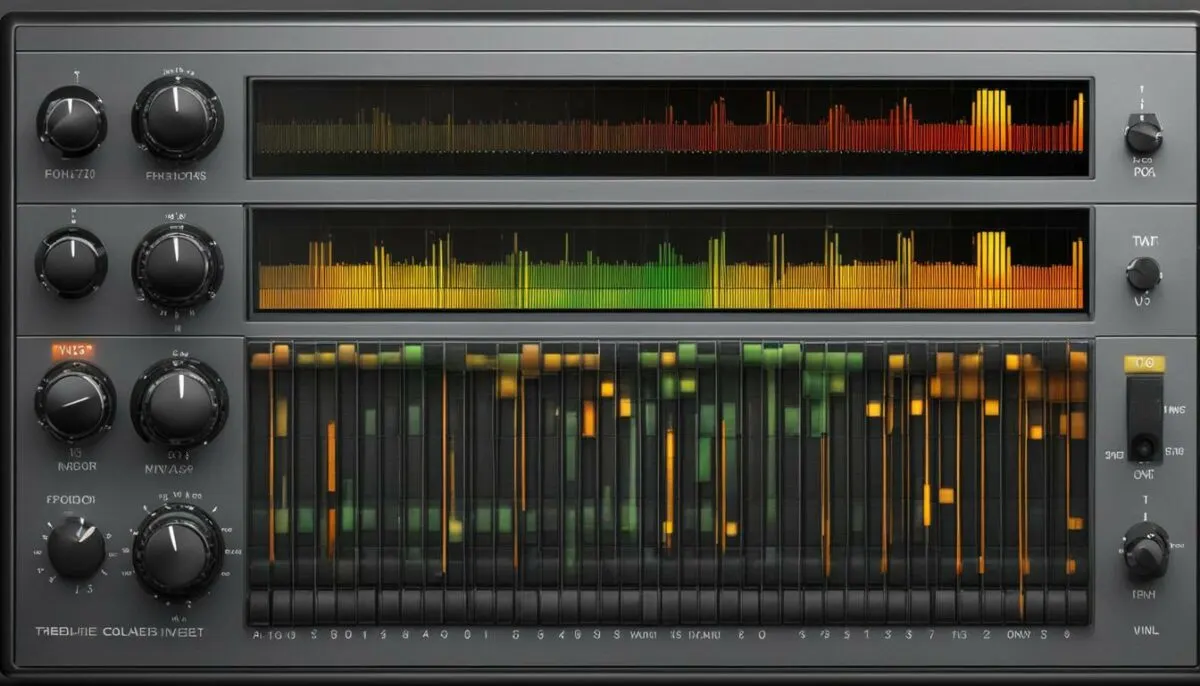
Adjusting the treble in your car audio system is crucial for achieving optimal sound performance on the road. To effectively fine-tune your sound experience, here are some techniques to consider:
1. Use an Equalizer
An equalizer is a tool that allows you to adjust the levels of different frequencies in your audio system. By using an equalizer, you can fine-tune the treble to your liking and achieve the perfect balance between different sound elements. Many car audio systems come equipped with built-in equalizers, but you can also purchase standalone units for more advanced adjustments.
2. Experiment with Different Settings
Don’t be afraid to explore all the different treble settings available on your audio system. Try boosting or cutting the treble incrementally and listen carefully for any changes in sound quality or clarity. Make notes of what settings sound best in different driving conditions, such as on the highway versus in the city.
3. Pay Attention to Speaker Positioning
The placement of your car’s speakers can greatly impact the treble levels you hear. Ensure that your speakers are correctly positioned and that they are not obstructed by any objects or surfaces that may cause sound distortion. Consider investing in high-quality speakers that are designed to produce crisp and clear treble.
4. Limit Distortion
High levels of treble can sometimes create distortion or harshness in the sound. To prevent this, it’s important to limit the amount of treble you are using. As a rule of thumb, try to keep your treble settings below 75% of their maximum capacity to avoid any unwanted audio artifacts.
5. Seek Professional Assistance
If you’re having trouble achieving the perfect treble sound in your car audio system, consider seeking assistance from a professional. A car audio technician can provide expert insights and advice on how to fine-tune your system for optimal performance.
By using these techniques to manage your treble settings, you can achieve a more immersive and enjoyable sound experience in your vehicle. Experiment with different adjustments and techniques until you find the perfect balance for your preferences. Remember, the goal is to create a smooth and clear sound that enhances your driving experience.
Overcoming Common Treble Challenges in Car Audio

While treble is an essential component of your car audio system, it can also pose some common challenges that enthusiasts may encounter. Understanding how to address these issues can help you achieve optimal sound quality and improve your overall experience on the road. Here are some of the most common treble challenges and how to overcome them:
Harshness
One of the most prevalent treble challenges is harshness, which can occur when the higher frequencies are too loud or piercing. This can be irritating and uncomfortable, detracting from the overall sound quality. To address this issue, try reducing the treble settings or adjusting the equalizer to emphasize mid-range frequencies. You can also experiment with different speakers or damping materials to soften the harshness.
Imbalance
Another challenge is imbalance, which can result from uneven distribution of treble frequencies. This can cause certain instruments or vocals to sound too loud or too soft, creating an unbalanced audio experience. To address this issue, try adjusting the treble balance settings or experimenting with different speaker placements. You can also utilize sound measurement tools to identify and correct imbalances.
Distortion
Distortion can occur when the treble frequencies are too high or when the speakers are unable to handle the levels of sound. This can result in a fuzzy or crackling sound that detracts from the clarity of the audio. To address this issue, try reducing the treble settings or adjusting the equalizer to emphasize lower frequencies. You can also ensure that your speakers are rated to handle the sound levels and adjust the volume accordingly.
By effectively managing these common treble challenges, you can optimize your car audio system and achieve the perfect sound quality that you desire. Remember to experiment with different settings and techniques to find the right balance for your preferences.
Enhancing Your Sound Experience: Treble and Beyond
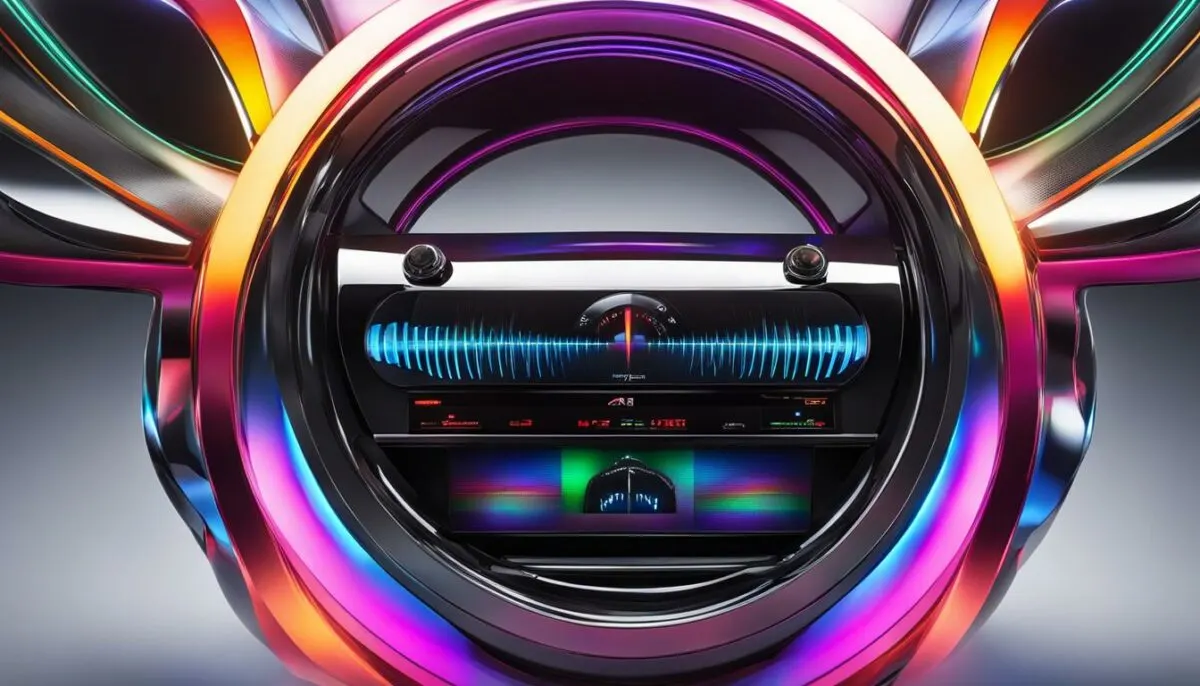
Optimizing your car audio system’s treble settings is crucial for achieving a well-balanced and immersive sound experience, but it’s important to remember that treble is just one element in the mix. To truly elevate your sound, you need to consider how treble interacts with other frequencies, such as bass and mid-range. By finding the perfect balance between these elements, you can create a truly dynamic and harmonious audio experience.
Exploring the Relationship Between Treble, Bass, and Mid-Range
When you’re tuning your car audio system, it’s essential to consider the interplay between different frequencies. Treble, bass, and mid-range all play a critical role in creating a well-rounded sonic experience.
For example, if your treble is set too high, it might overpower the other frequencies in your system, resulting in a harsh or shrill sound. On the other hand, if you don’t have enough treble, your audio might lack clarity and detail. To find the perfect balance, you need to experiment with different settings until you achieve a sound that suits your preferences.
In addition to treble, bass is another important element in car audio. Bass adds depth and richness to your sound, giving music a sense of weight and power. However, too much bass can overwhelm the other frequencies and result in a muddy, indistinct sound. To avoid this, make sure you don’t overdo it with the bass settings.
Finally, mid-range frequencies are crucial for ensuring a natural and balanced sound. Mid-range is where most of the music’s energy resides, including vocals, guitars, and other instruments. Adjusting mid-range settings can help you achieve a sense of warmth and intimacy in your audio, making you feel closer to the music.
Techniques for Optimizing Treble, Bass, and Mid-Range
To optimize your sound experience, you need to find the perfect balance between treble, bass, and mid-range. Here are some techniques to help you achieve this:
- Experiment with different equalizer settings until you find the perfect balance.
- Listen to a range of music genres to test your settings and ensure they work across different styles.
- Consider investing in external processors and other advanced audio equipment to fine-tune your sound.
- Don’t be afraid to seek help from professional audio technicians if you’re struggling to get the sound you want.
By using these techniques, you can take your car audio system to the next level and achieve an even richer and more immersive sound experience. Remember, treble is just one element in the mix, and to truly optimize your sound, you need to consider how it works in conjunction with other frequencies.
Advanced Techniques for Treble Adjustment in Car Audio
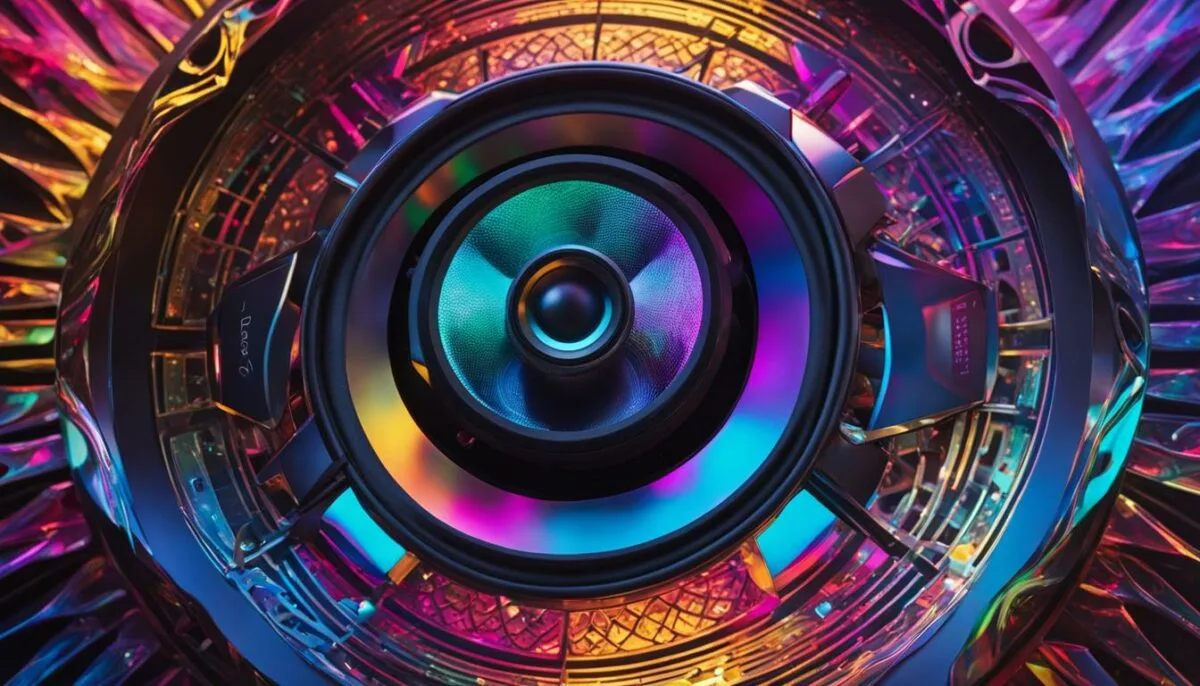
If you’re a car audio enthusiast looking to take your sound experience to the next level, you may be interested in exploring advanced techniques for adjusting the treble in your system. Here are some methods to consider:
Using External Processors
External processors can provide more precise control over treble settings than your car audio system’s built-in controls. One option is to use a digital signal processor (DSP) to adjust the audio signal before it reaches your amplifier. This allows for greater customization of the treble response, such as adjusting the Q factor or slope of the treble boost or cut.
Another option is to use an equalizer with advanced features, such as parametric EQ or graphic EQ. These allow for more nuanced adjustments of specific frequencies, and some even have presets designed for specific types of music or listening environments.
Employing Sound Engineering Principles
Sound engineering principles can also be applied to adjusting the treble in your car audio system. This includes techniques like time alignment, phase correction, and crossover tuning. Adjusting these settings can help to ensure that the treble is properly integrated with the mid-range and bass frequencies, resulting in a more balanced and natural sound.
Experimenting with Speaker Placement and Orientation
The position and orientation of your car audio speakers can also have a significant impact on the treble response. By experimenting with placement, you may be able to achieve a more accurate and natural treble sound. For example, some experts recommend positioning tweeters at ear level for optimal treble performance.
Utilizing High-Quality Components
The quality of your car audio components can also impact the treble response. High-quality tweeters and mid-range drivers can reproduce treble frequencies more accurately and with less distortion. Likewise, high-quality crossovers can help to ensure that treble frequencies are properly distributed between the speakers.
Conclusion
By employing advanced techniques for adjusting treble in your car audio system, you can achieve a more precise and immersive sound experience. Whether you choose to use external processors, apply sound engineering principles, experiment with speaker placement, or upgrade your components, it’s important to approach adjustments with care and attention to detail.
Exploring the Evolution of Treble in Car Audio Systems
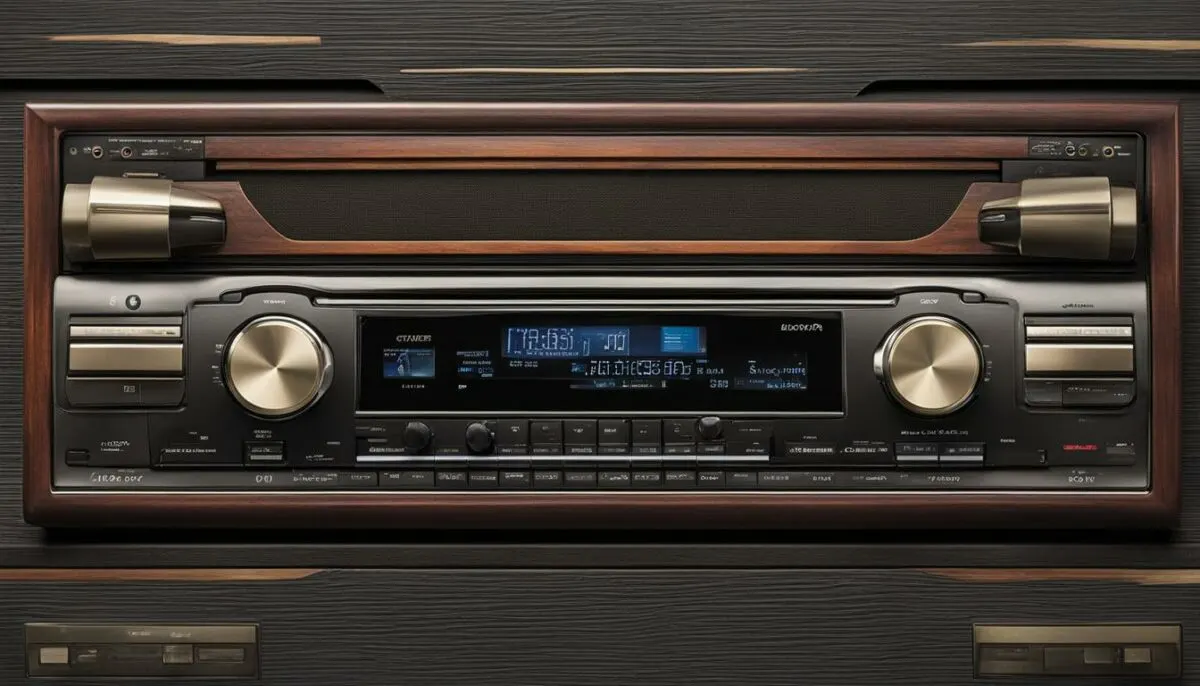
The evolution of treble in car audio systems has been a fascinating journey that spans over a century. From the early days of radio communication to today’s advanced digital audio systems, treble has played a crucial role in shaping the way we experience sound in our vehicles.
During the early years of car audio, treble was primarily controlled by tone knobs on the radio. Sound quality was limited, and treble was often harsh and unpleasant to the ear. As technology advanced, equalizers were introduced, allowing for more precise adjustments to the treble and other frequency bands.
In the 1970s, graphic equalizers provided even greater control over treble, with sliders that allowed users to fine-tune settings and achieve a more balanced sound. By the 1990s, digital signal processing (DSP) technology had emerged, offering advanced treble control and filtering options that prevented distortion and improved clarity.
Today, treble in car audio systems continues to evolve, with features like multi-band equalizers and adaptive sound processing becoming mainstream. Manufacturers are also incorporating artificial intelligence and machine learning algorithms to allow for real-time adjustments to treble and other sound parameters, based on vehicle speed, road conditions, and other factors.
The evolution of treble in car audio systems has been driven by a desire for better sound quality and a more immersive listening experience. With each technological advancement, car audio enthusiasts have gained greater control and flexibility in fine-tuning their treble settings. As we continue to innovate and push the limits of what is possible, the future of treble in car audio systems is a promise of even greater sound quality and a more satisfying listening experience on the road.
Conclusion
By now, you should have a solid understanding of treble in car audio systems and how to optimize it for the best possible sound experience. Remember, treble is just one element of a well-tuned car audio system, so consider experimenting with other aspects such as bass and mid-range for a balanced sound.
Final Thoughts
By fine-tuning your treble settings and exploring advanced techniques, you can achieve a truly immersive sound experience in your vehicle. Don’t be afraid to experiment with different adjustments and settings to find the ideal balance for your preferences.
At the end of the day, a well-tuned car audio system can transform your daily commute into a true pleasure, making every drive an enjoyable experience. By optimizing your car audio treble and other sound elements, you can elevate your car’s sound system to new heights and enjoy a more immersive and satisfying ride.
FAQ
What is treble in car audio?
Treble in car audio refers to the higher frequencies in the sound spectrum. It represents the higher-pitched sounds, such as cymbals, vocals, and high notes in music.
How does treble work in car audio?
Treble in car audio is produced by dedicated tweeters, which are small speakers designed to handle high frequencies. These tweeters receive the treble signals from the audio system and reproduce them, allowing you to hear the higher-pitched sounds clearly.
Why is treble control important in car audio?
Having control over the treble settings in your car audio system is crucial for achieving the desired sound quality. Properly adjusting the treble can enhance clarity, detail, and balance in the audio, preventing distortion or harshness.
What are some tips for adjusting treble in car audio?
To effectively adjust treble in your car audio system, start with a neutral or flat setting and then fine-tune it according to your preference. Experiment with different equalizer settings and listen for the desired balance between treble, bass, and mid-range frequencies.
What is treble frequency in car stereos?
Treble frequency in car stereos refers to the range of frequencies responsible for producing the higher-pitched sounds. It typically ranges from around 2,000 Hz to 20,000 Hz. Adjusting the treble frequency allows you to control the emphasis on specific high-frequency ranges.
What are the benefits of optimizing car audio treble?
Optimizing car audio treble can result in improved clarity, detail, and realism in your sound experience. It allows you to hear subtleties in vocals and instruments, enhances the overall audio quality, and provides a more enjoyable listening experience.
How would you define treble in car audio?
Treble in car audio refers to the higher frequencies or high-pitched sounds in the audio spectrum. It adds brightness and clarity to the overall sound, making it an essential element in achieving a well-balanced and immersive audio experience in your vehicle.
What are some techniques for fine-tuning treble in car audio?
To fine-tune treble in car audio, you can use techniques such as adjusting the equalizer settings, focusing on specific treble frequencies, and using sound imaging techniques to ensure a well-distributed soundstage. These techniques help you achieve the desired treble balance and optimize your listening experience.
What are some common treble challenges in car audio and how can they be overcome?
Common treble challenges in car audio include harshness, sibilance, or an imbalance between treble and other frequencies. To overcome these challenges, you can experiment with different EQ settings, consider sound dampening solutions, and ensure proper speaker placement and installation for optimal treble performance.
How can treble enhancement enhance your overall sound experience in car audio?
Treble enhancement in car audio, when done correctly, can provide greater detail, clarity, and realism to the sound. By finding the right balance between treble, bass, and mid-range frequencies, you can create a more immersive and enjoyable sound experience on the road.
What advanced techniques are available for treble adjustment in car audio?
Advanced techniques for treble adjustment in car audio include using external processors or DSPs (Digital Signal Processors) to fine-tune the treble response, employing sound engineering principles such as time alignment, and using specialized software or apps for precise control over treble settings.
How has treble evolved in car audio systems over time?
Treble in car audio systems has evolved alongside advancements in technology. From basic treble controls in older systems to the integration of advanced equalizers, digital signal processing, and high-quality tweeters, the overall emphasis has been on providing users with greater control and improved treble performance for a more satisfying audio experience.